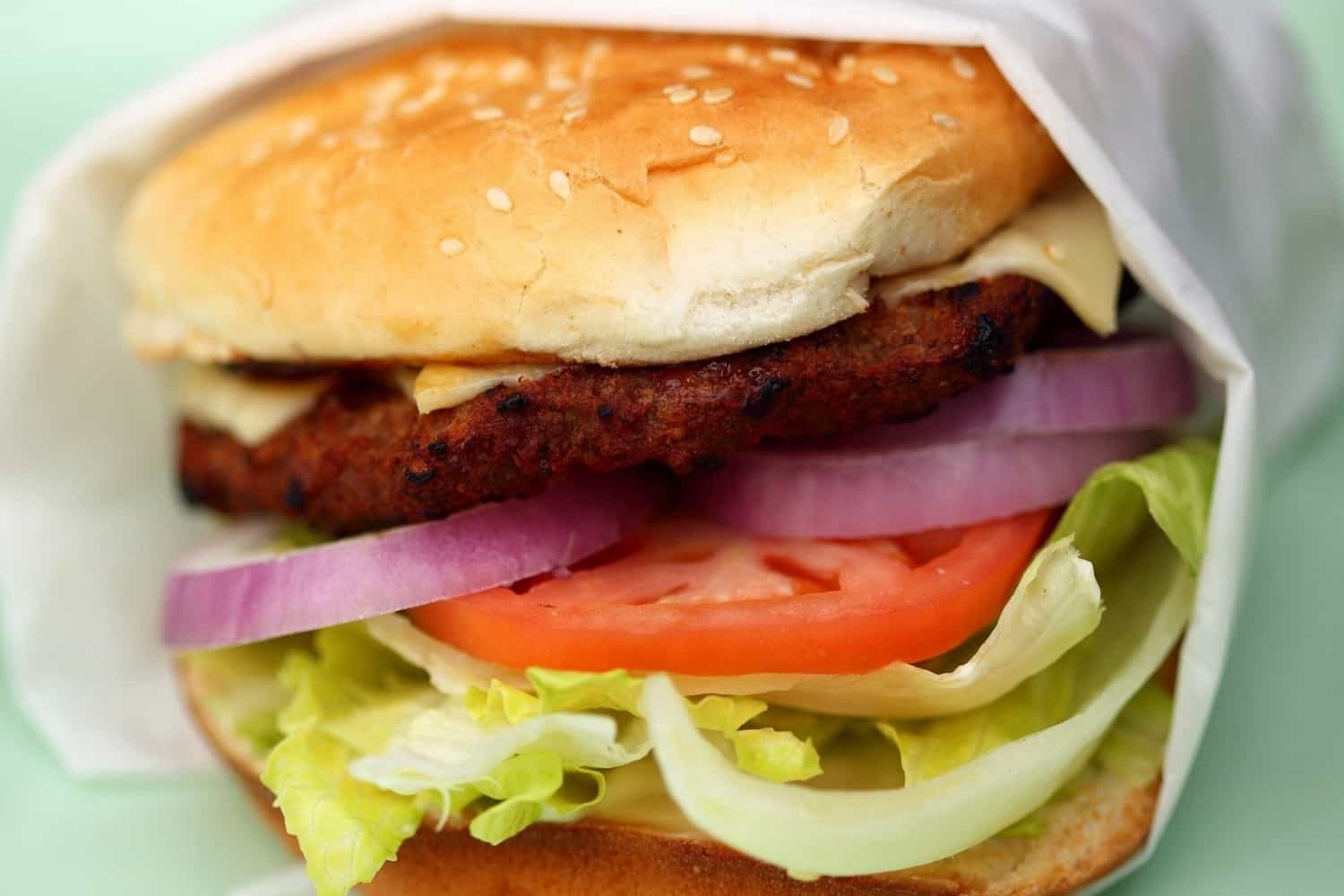The Green Revolution refers to the phenomenal growth in the agriculture industry from 1940-to 1960—but it was not as “green” as the name suggests. While worldwide agricultural production increased, biotechnology (GMO’s and pesticides) arose rapidly, mechanizing the food industry and adulterating products with preservatives and flavour enhancers.
The Green Revolution occurred in the last century, but its influence over modern-day food is still prominent. When grocery shopping, scan ingredient labels for the following potentially harmful food ingredients.

#1. Nitrites and Nitrates
Nitrites and nitrates are commonly found in processed and cured meats, such as ham, bacon, and sausages. Without them, meat would turn brown and lose its fresh pink or red color.
At the same time, they serve as preservatives and add a salty flavor. The body needs nitrites and nitrates to become nitric oxide, an essential signaling molecule, and a blood vessel dilator.
However, when exposed to high heat and in the presence of amino acids, the building blocks of proteins, nitrites, and nitrates turn into nitrosamines, many of which are carcinogens. Consequently, meat products treated with nitrites and nitrates support nitrosamine formation.
Keep in mind that many nitrate-free types of meat contain high amounts of salt with nitrates, and source your meats from reliable and pasture-raised sources.
#2. Potassium Bromate
Potassium bromate is often used in the bread-making industry as an oxidizing agent that helps to hold the dough together. It does little harm when incorporated into the flour for animals with bread-based diets. However, when taken orally, it is a proven carcinogen.
#3. High Fructose Corn Syrup
High fructose corn syrup not only poses a hazard because it tends to be made from GMO corn, but it also disrupts human metabolism and increases one’s likelihood of having diabetes or heart disease. This cheap, addictive sweetener is found in nearly all processed food ingredients(e.g. frozen meals, bread, ketchup, and soft drinks).
Its structure promotes overeating and makes the liver pump heart-threatening triglycerides into the bloodstream. Who should avoid artificial sweeteners as a whole, so be sure to stay away from fructose, aspartame, and sucralose?
#4. MSG
Monosodium glutamate (MSG) is not only found in Asian cuisines: it’s added to a variety of foods to enhance flavor and promote overeating—a marketing strategy for the food industry. MSG is an excitotoxin linked to weight gain and is composed of approximately 78% free glutamic acid, which produces irregular heartbeats.
There is still controversy about the effects of MSG are food ingredients on humans because studies show that only large quantities of MSG lead to detrimental effects.
At the same time, MSG is found everywhere (such as in cheese-flavored chips, soy sauce, cold cuts, soy protein, soups, and even baby food), so it can quickly accumulate in one’s diet without one knowing.
#5. Palm Oil
Palm oil is found in detergents, ice cream, and Nutella, and it poses risks to the environment and human welfare. It has become one of the world’s largest sources of rainforest destruction and threats to endangered species (such as Indonesia’s Sumatran orangutan).
Destruction of land through factory plant expansion and pollution through carbon emissions is not the only problem; the industry is also guilty of human rights violations, including child labor. Workers slave endlessly for compensation that barely allows them to support their families.
The palm oil industry has quickly taken control over third world countries, limiting the ability to find alternative sources of income.
#6. Enriched Flour
Enriched flour is white flour’s disguised counterpart that is equally harmful. Like white flour, enriched flour is easily broken down by the body, causing spikes in blood sugar and extra fat storage. Enriched flour has been robbed of most of its vitamins and minerals, giving it a more delicate texture and longer shelf life. Avoid enriched or white flours and instead, look for 100% whole wheat or grain products.
#7. Canola Oil
Finally, canola oil is generally made from GMO-rapeseeds that have been bred to be devoid of natural compounds that give rapeseeds an undesirable flavor. A toxic substance called hexane is used to extract the oil from the seeds in an unnatural process, unlike the process used to produce butter or olive oil. The oil is damaged and deodorized through this process, so consumers have no suspicions.
A study of canola and soybean oils in US supermarkets found that 0.56-4.2% of the fats in oils were toxic trans fats. Organic, cold-pressed canola oil is not as latent as trans fats. Still, most canola oil is produced through the industrial processing method and so offers more detriments than benefits.
Read More:- How to Say No and Really Mean it















